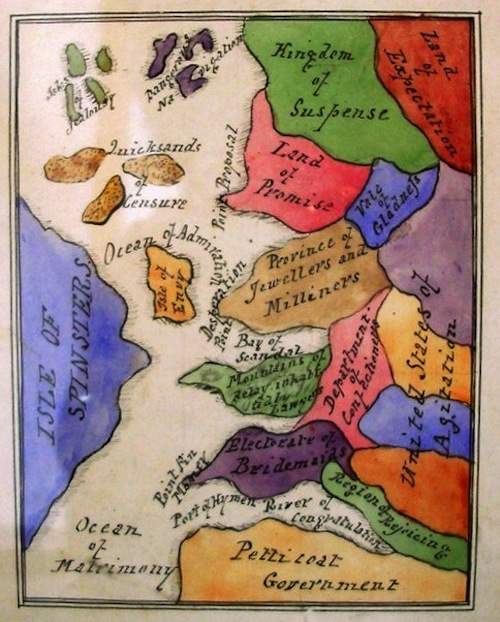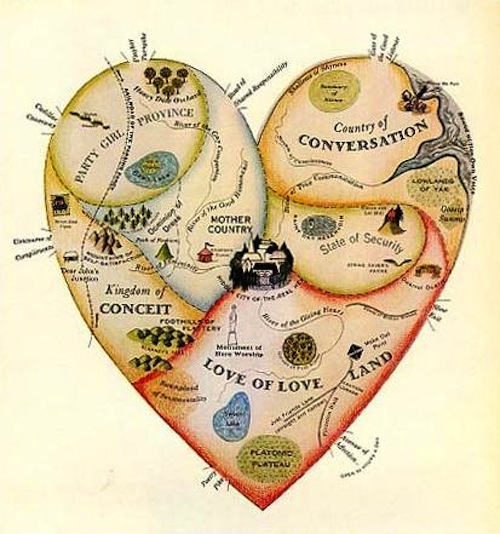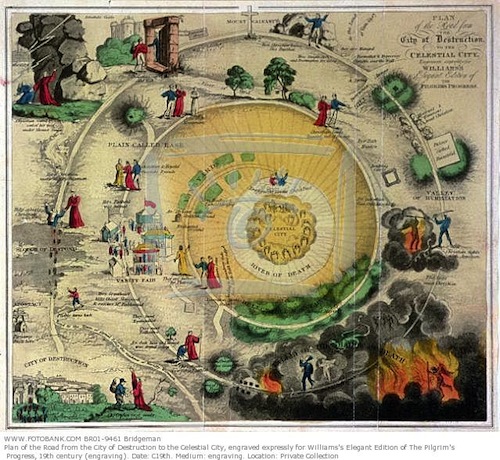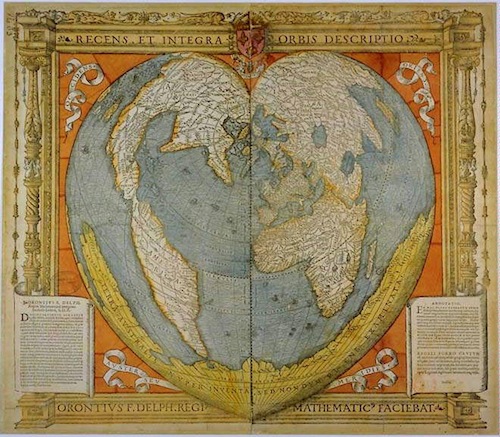So after my last post about National Poetry Month which was, as my dog pointed out, a tiny bit crotchety, I decided to take a little break. Snark from me comes as no surprise to my dog or my family, since after three years in academic administration, “crotchety” is practically my middle name. (Which, if your last name is Rekdal, should probably NEVER be your middle name.) Regardless, I’ve been reading the other featured bloggers posts with great interest and discovered that, rather than rant in an organized manner, we can write about anything that currently interests us, which is good, since my interests are all over the map.
“All over the map” is an accurate turn of phrase, as these past few months I’ve been teaching a nonfiction class called “Mapping Salt Lake City.” It’s a class that requires my grad students to focus on one of the many neighborhoods in SLC and write essays (and make maps!) that explore some part of the history and community that make up their chosen place. These essay-maps have been fascinating to read, charting as they do everything from dubious civic notions of urban "renovation" to break-ups of relationships to "garbage street" (don't ask) to tattoo parlors to Mormon recipes to free public restrooms. In the end, it's all going into one big community website complete with QR codes and, God willing, possibly an iPhone app. The long and short of all this work is that, lately, we’ve all become obsessed with maps and mapping: the way maps purport to be informational but are just as often imaginative, the ways they do and don’t give us a "true" picture of a landscape.

One of the books that I’ve chosen for this class is called Everything Sings: Maps for a Narrative Atlas by the landscape architect Denis Wood (and put out by the excellent Siglio Press). You might have heard him on This American Life, in which he talked about the ways that he and his students mapped all the parts of Boyston Heights—a small, century-old neighborhood in Raleigh, North Carolina, where he now lives and works. By mapping this one storied neighborhood, from the paper boy’s route to the light cast by street lamps, Wood shows us that mapping an area is far more complicated and willful an act than merely drawing a series of intersecting streets. A neighborhood is where all sorts of different interests intersect in place and time—from the natural to the human, from the technological to the emotional--and that to reimagine the map reminds us that all atlases are, in the end, narratives.
In his introduction to the book, Wood drops a little bomb for readers like me. After talking about how neighborhoods are “transformers" (forms of "organizing communities that transform individuals into citizens and citizens into individuals"), he also suggests that there is a way in which a map, any map, might become or act like a poem. This idea of the map as poem has stayed with me for the past week, and reminded me of many of the maps to be found in amazing map books such as You are Here (another of our class texts) in which you can see images such as this:

An allegorical map is probably the most obvious ways in which a map can be “poem-like” to a reader, recollecting as it does the structured world of “The Faerie Queene,” but I have to admit I was less interested in the ways that maps were poems and more interested in whether poems could be considered maps.
Like maps, a particular poem gives us the outlines of a particular story or place or feeling: in that, they keep out as much as they purport to reveal. Like maps, poems present us with the symbols through which we can “read” the information being presented, and they give us some of the syntactic directional cues through which we can navigate meaning. And, like maps, poems can be perceived as authoritative in ways that, ultimately, they can’t be: the map itself may be a static document, but the area it records constantly changes. To consult a map is to consult, continually, the past—in that, like certain lyric poems or photographs, maps are ultimately records of nostalgia. Finally, both the poem and the map offer to help us chart a period of time with whatever we currently deem to be a kind of graphic “accuracy.” But what is accuracy when we are recording how we once thought of ourselves at a particular moment in time, one that is still being negotiated and transformed by one's self in the present?

Poems, too, walk that blurry line between perception and reality, present understanding and past event. Or, I should say, some poems walk that blurry line: certainly, the more conventional narrative and/or lyric poems do. And obviously, some maps are more informative than others, more documentary in the sense of being based in or surrounding geographical fact. You don’t drive to the grocery store by following an allegorical map. But Denis Wood reminds us that maps just as often map ideas of place, just as poems map our ideas of our own life: what we remember of our childhoods or our love affairs, our disappointments and our failures.
I sometimes wonder if that’s why so many people want to turn to poems for weddings or moments of intense grief. Not because such poems can or will directly reflect our experience, but because they offer up the first tentative gestures into how we perceive them: not defining the what and how we feel, but offering us a way that we can begin to navigate that territory.

Rekdal grew up in Seattle, Washington, the daughter of a Chinese American mother and a Norwegian father...
Read Full Biography

